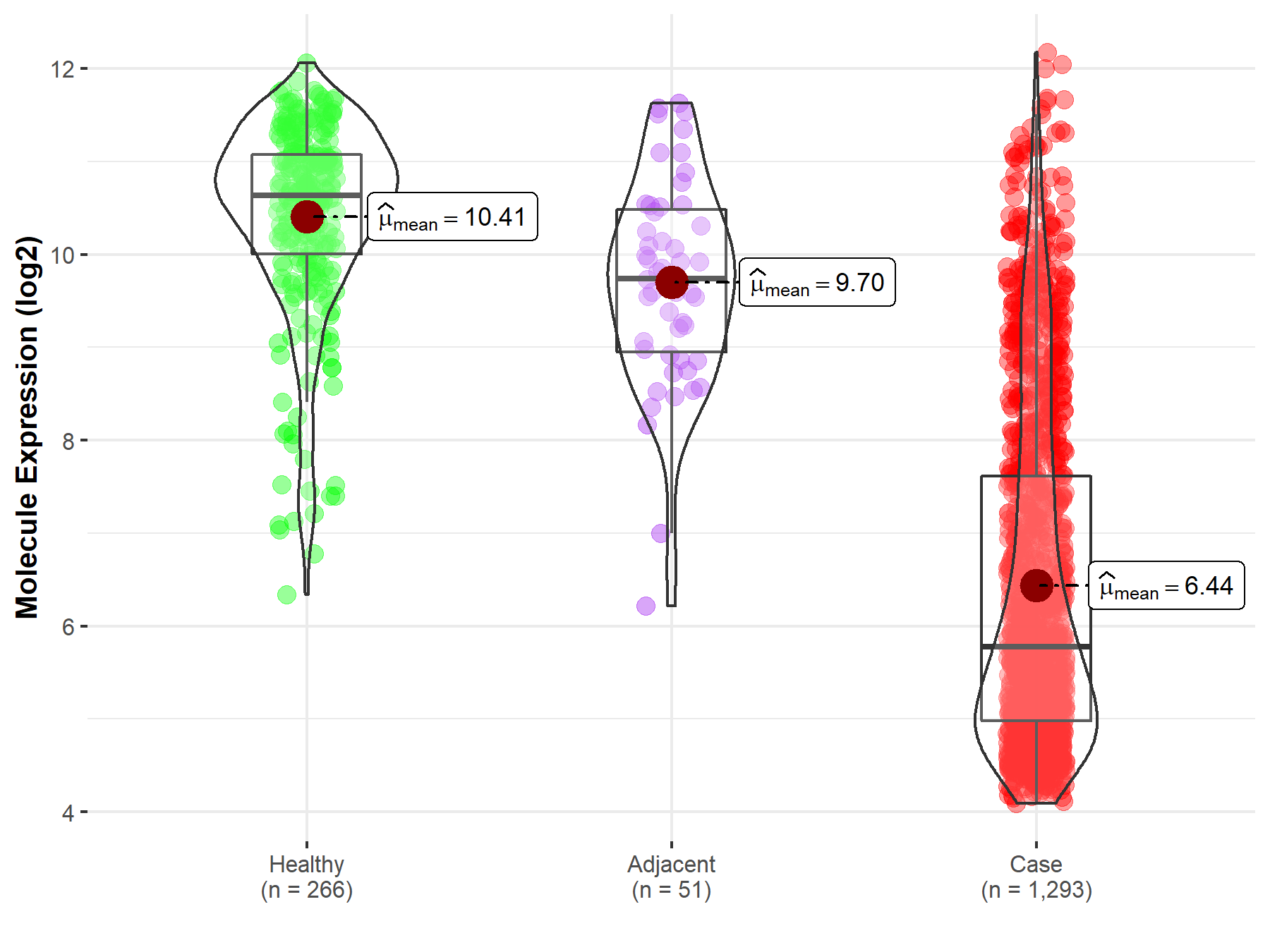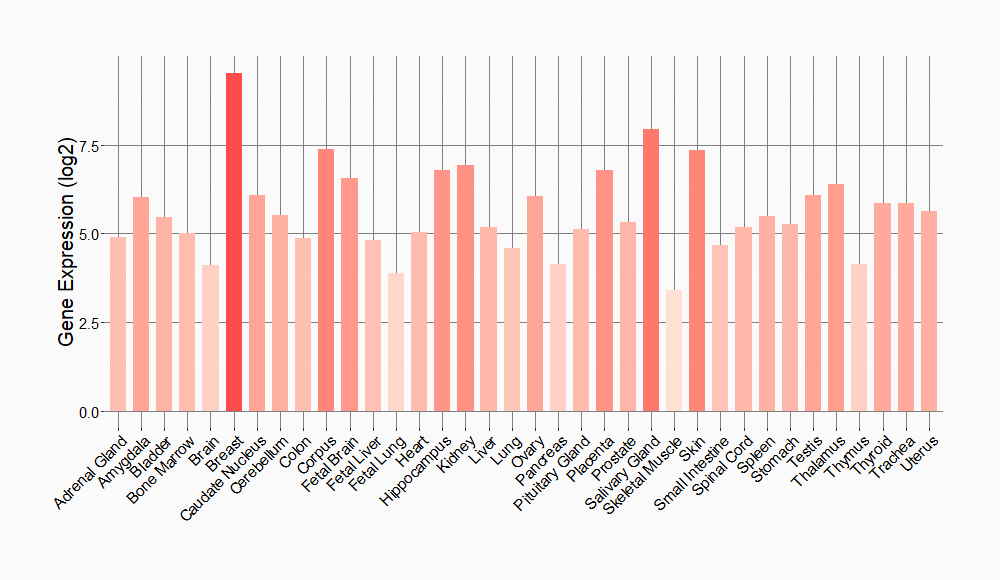Molecule Information
General Information of the Molecule (ID: Mol00158)
| Name |
Secreted frizzled-related protein 1 (SFRP1)
,Homo sapiens
|
||||
|---|---|---|---|---|---|
| Synonyms |
FRP-1; sFRP-1; Secreted apoptosis-related protein 2; SARP-2; FRP; FRP1; SARP2
Click to Show/Hide
|
||||
| Molecule Type |
Protein
|
||||
| Gene Name |
SFRP1
|
||||
| Gene ID | |||||
| Location |
chr8:41261962-41309473[-]
|
||||
| Sequence |
MGIGRSEGGRRGAALGVLLALGAALLAVGSASEYDYVSFQSDIGPYQSGRFYTKPPQCVD
IPADLRLCHNVGYKKMVLPNLLEHETMAEVKQQASSWVPLLNKNCHAGTQVFLCSLFAPV CLDRPIYPCRWLCEAVRDSCEPVMQFFGFYWPEMLKCDKFPEGDVCIAMTPPNATEASKP QGTTVCPPCDNELKSEAIIEHLCASEFALRMKIKEVKKENGDKKIVPKKKKPLKLGPIKK KDLKKLVLYLKNGADCPCHQLDNLSHHFLIMGRKVKSQYLLTAIHKWDKKNKEFKNFMKK MKNHECPTFQSVFK Click to Show/Hide
|
||||
| Function |
Soluble frizzled-related proteins (sFRPS) function as modulators of Wnt signaling through direct interaction with Wnts. They have a role in regulating cell growth and differentiation in specific cell types. SFRP1 decreases intracellular beta-catenin levels (By similarity). Has antiproliferative effects on vascular cells, in vitro and in vivo, and can induce, in vivo, an angiogenic response. In vascular cell cycle, delays the G1 phase and entry into the S phase (By similarity). In kidney development, inhibits tubule formation and bud growth in metanephroi (By similarity). Inhibits WNT1/WNT4-mediated TCF-dependent transcription.
Click to Show/Hide
|
||||
| Uniprot ID | |||||
| Ensembl ID | |||||
| HGNC ID | |||||
| Click to Show/Hide the Complete Species Lineage | |||||
Type(s) of Resistant Mechanism of This Molecule
Drug Resistance Data Categorized by Drug
Approved Drug(s)
1 drug(s) in total
| Drug Resistance Data Categorized by Their Corresponding Mechanisms | ||||
|
|
||||
| Disease Class: Breast cancer | [1] | |||
| Resistant Disease | Breast cancer [ICD-11: 2C60.3] | |||
| Resistant Drug | Cisplatin | |||
| Molecule Alteration | Expression | Down-regulation |
||
| Experimental Note | Revealed Based on the Cell Line Data | |||
| Cell Pathway Regulation | Wnt/Beta-catenin signaling pathway | Activation | hsa04310 | |
| In Vitro Model | MCF-7 cells | Breast | Homo sapiens (Human) | CVCL_0031 |
| SkBR3 cells | Breast | Homo sapiens (Human) | CVCL_0033 | |
| MDA-MB-231 cells | Breast | Homo sapiens (Human) | CVCL_0062 | |
| AU565 cells | Breast | Homo sapiens (Human) | CVCL_1074 | |
| BT-483 cells | Breast | Homo sapiens (Human) | CVCL_2319 | |
| BT549 cells | Breast | Homo sapiens (Human) | CVCL_1092 | |
| DU4475 cells | Breast | Homo sapiens (Human) | CVCL_1183 | |
| HCC1599 cells | Breast | Homo sapiens (Human) | CVCL_1256 | |
| HCC1806 cells | Breast | Homo sapiens (Human) | CVCL_1258 | |
| HCC1937 cells | Breast | Homo sapiens (Human) | CVCL_0290 | |
| HCC70 cells | Breast | Homo sapiens (Human) | CVCL_1270 | |
| Hs-578T cells | Breast | Homo sapiens (Human) | CVCL_0332 | |
| MB-361 cells | Breast | Homo sapiens (Human) | CVCL_0620 | |
| Experiment for Molecule Alteration |
PCR | |||
| Experiment for Drug Resistance |
MTT assay | |||
| Mechanism Description | miR105/93-3p activates Wnt/beta-catenin signaling by downregulating SFRP1 and thereby promotes stemness, chemoresistance, and metastasis in TNBC cells. | |||
Disease- and Tissue-specific Abundances of This Molecule
ICD Disease Classification 02

| Differential expression of molecule in resistant diseases | ||
| The Studied Tissue | Breast tissue | |
| The Specified Disease | Breast cancer | |
| The Expression Level of Disease Section Compare with the Healthy Individual Tissue | p-value: 1.63E-216; Fold-change: -4.86E+00; Z-score: -4.61E+00 | |
| The Expression Level of Disease Section Compare with the Adjacent Tissue | p-value: 2.65E-28; Fold-change: -3.96E+00; Z-score: -3.54E+00 | |
|
Molecule expression in the normal tissue adjacent to the diseased tissue of patients
Molecule expression in the diseased tissue of patients
Molecule expression in the normal tissue of healthy individuals
|
||
| Disease-specific Molecule Abundances |

|
Click to View the Clearer Original Diagram |
Tissue-specific Molecule Abundances in Healthy Individuals


|
||
References
visits since 2022
If you find any error in data or bug in web service, please kindly report it to Dr. Sun and Dr. Zhang.
